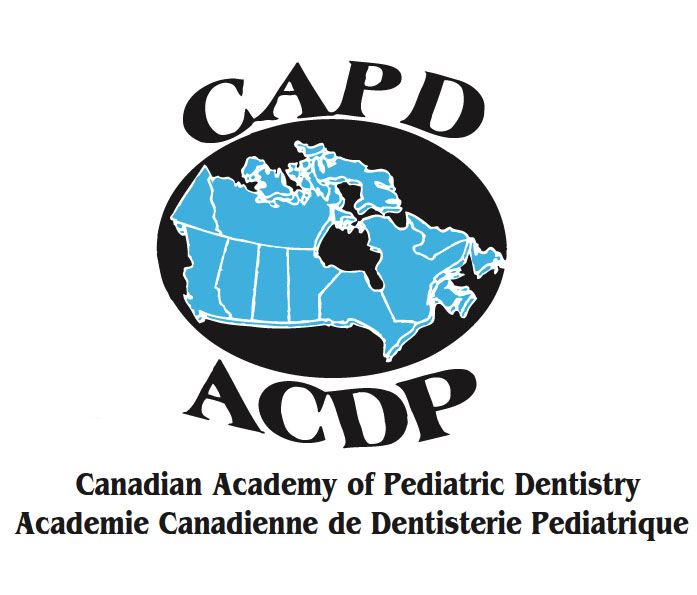|
CAPD/ACDP Graduate Student Research Presentations |

The annual CAPD/ACDP Graduate Student Research Presentations and Awards
CAPD/ACDP members generously sponsor the attendance of Canadian Pediatric Dentistry graduate students presenting original research at the Annual Conference. The top graduate student presenter receives $1000.00.
The 2025 Presentations will take place on Saturday September 20 from 08:00 to 09:30.
L’édition annuelle des Présentations des travaux de recherche des diplômés et remise des prix de l’ACDP/CAPD.
Les membres de l'ACDP/ACDP parrainent généreusement la participation d'étudiants diplômés en dentisterie pédiatrique canadienne présentant des recherches originales à la conférence annuelle. Le meilleur présentateur étudiant diplômé reçoit 1 000,00 $.
Les Présentations 2025 auront lieu le samedi 20 septembre de 08h00 à 09h30.
The 2025 Graduate Student Research Presenters
Les présentateurs de recherche des étudiants diplômés de 2025
Click for full details/ Cliquez pour plus de détails
https://capd-acdp.org/Students/Graduate
|
Dr. Varsha Lal, University of Toronto: Exploring Nudging Strategies to Encourage Rectangular Collimation in Pediatric Dentistry. |
| Dr. Teris Mathew, University of British Columbia: Artificial Intelligence-Driven Escalation in Caries Diagnosis and Treatment Decisions: A Pilot Study |
| Dr. Shabnam Milani, University of British Columbia: Caregivers’ perceptions of financial barriers to receiving dental treatment under general anesthesia at BC Children's Hospital: A Quality Improvement/ Quality Assurance project. |
| Dr. Priyanka Sehgal, University of British Columbia: The role of cell proliferation during human primary tooth morphogenesis. |
| Dr. Ruby Shah, University of British Columbia: Virtual vs. In-Person Pediatric Dental Consultations: Impact on Cost Estimation and Endodontic Treatment Planning. |
 CAPD/ACDP 2025
CAPD/ACDP 2025




